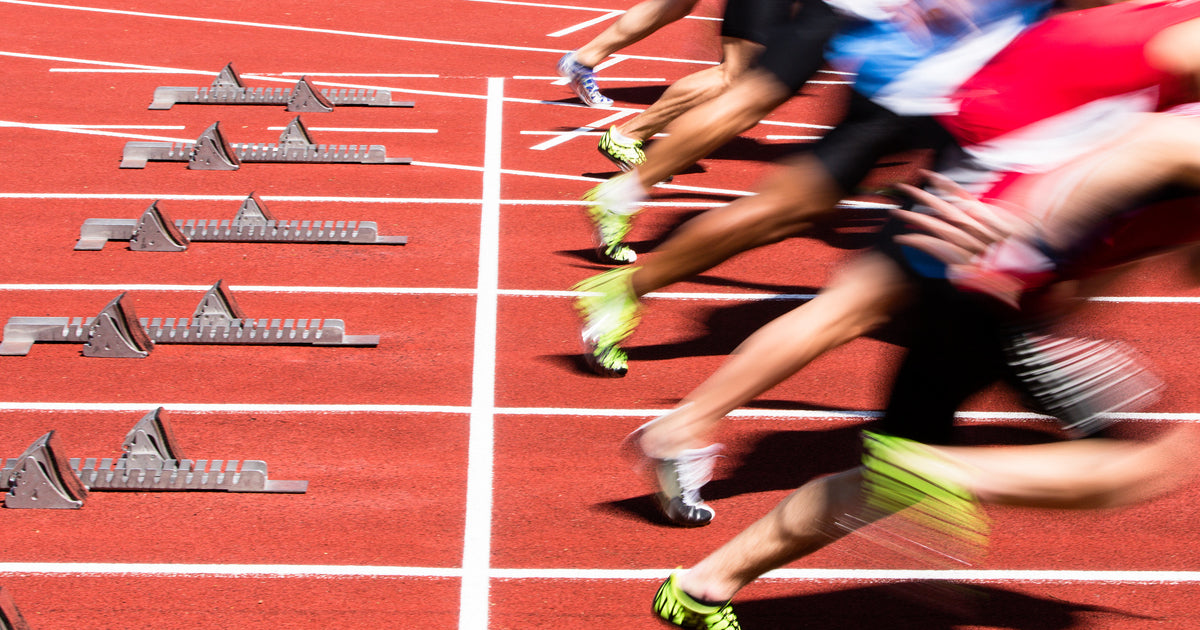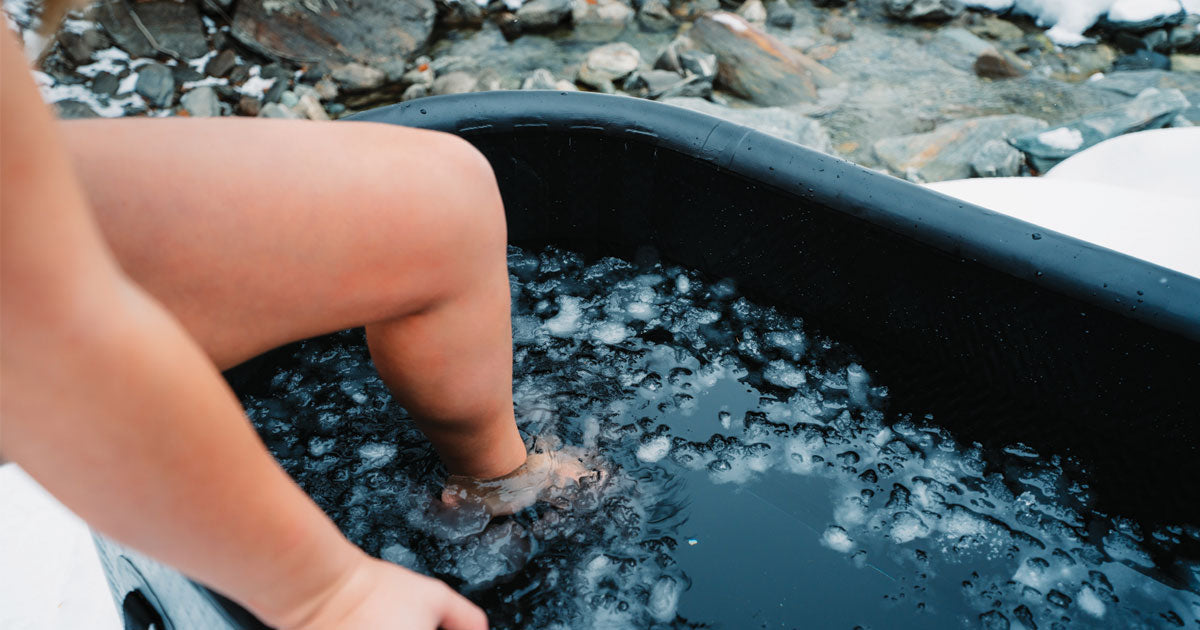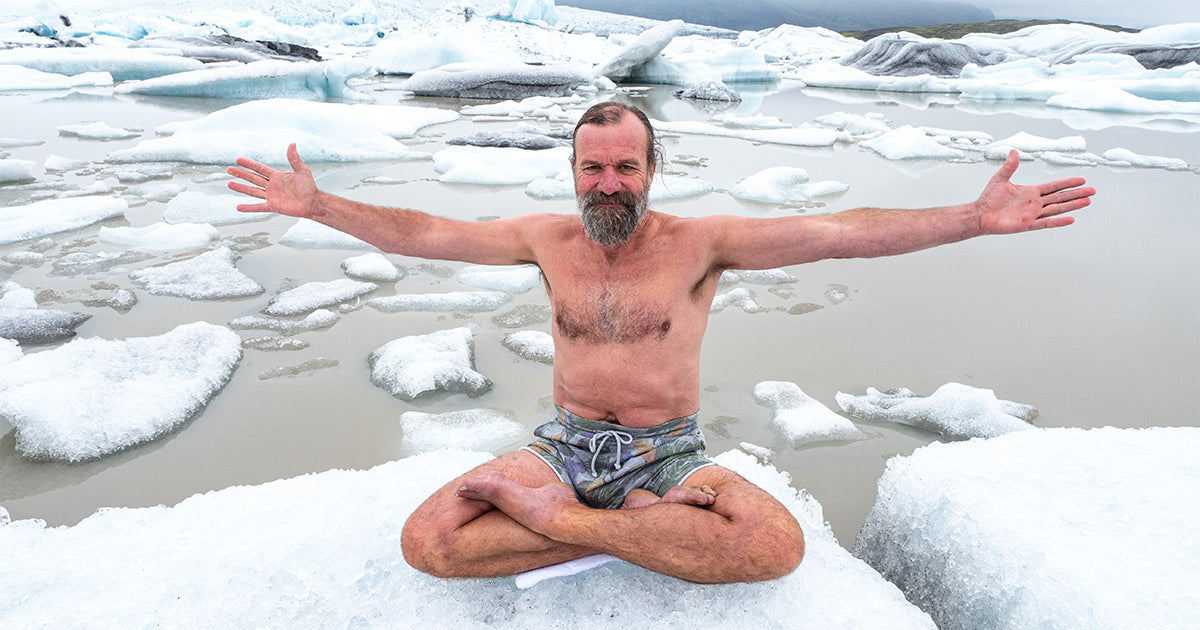Athletes have long searched for the holy grail of post-workout recovery—something that can reduce soreness, speed up healing, and get them back in action faster. Enter ice baths, a tried-and-tested method used by elite athletes, weekend warriors, and biohackers alike.
But what’s actually happening when you submerge yourself in freezing water? Are ice baths truly effective, or just another fitness trend? Let’s break down the science and explore why so many athletes swear by them.
How Ice Baths Enhance Recovery: The Science
1. Reducing Muscle Inflammation and Soreness
After intense exercise, your muscles undergo microtrauma—tiny tears in muscle fibers that lead to soreness, known as Delayed Onset Muscle Soreness (DOMS). This process is necessary for muscle adaptation but can be painful.
Cold water immersion helps by triggering vasoconstriction (the narrowing of blood vessels), reducing blood flow to affected muscles and limiting inflammation. Once you step out of the bath, vasodilation (widening of blood vessels) follows, flushing out metabolic waste like lactic acid and bringing in oxygenated, nutrient-rich blood to promote healing (Machado et al., 2016).
➡️ Bottom line: Ice baths help reduce inflammation and speed up muscle repair, making that next training session feel a little less brutal.
2. Enhancing Circulation and Recovery Time
The alternating process of vasoconstriction and vasodilation acts as a “pump” for your cardiovascular system, pushing fresh oxygen and nutrients to fatigued muscles (Slysz et al., 2019).
This can be particularly beneficial for endurance athletes like runners, cyclists, and triathletes, who need quick recovery to maintain high training volumes. In fact, a 2017 study in the Journal of Sports Sciences found that cold water immersion improved running performance and reduced muscle pain compared to passive recovery (Leeder et al., 2017).
➡️ Bottom line: Better circulation = faster muscle recovery and less downtime between workouts.
3. Reducing Perceived Fatigue and Boosting Endurance
Feeling drained after an intense workout? Research suggests ice baths can reduce perceived fatigue and improve overall endurance.
Cold water activates the sympathetic nervous system, releasing noradrenaline, which enhances alertness, focus, and pain tolerance (Hohenauer et al., 2015). This is why many athletes report feeling mentally refreshed and ready to train again sooner after an ice bath.
➡️ Bottom line: Ice baths aren’t just for the body—they help the brain feel ready to go again.
Real Athletes, Real Results
🏊 Olympic Swimmer Alex Rivera:
"I used to struggle with recovery between back-to-back training sessions. Since incorporating ice baths, I can swim at high intensity more consistently without feeling as stiff the next day."
🏃 Coach Jamie Thompson, Endurance Trainer:
"We’ve tested ice baths with our marathon runners, and the difference is night and day. They’re recovering faster, feeling less sore, and able to push harder in their next session."
Athletes across multiple disciplines—from NFL players to elite CrossFit competitors—have integrated ice baths into their recovery routines with noticeable benefits.
Common Questions & Myths
❄️ "Will ice baths slow down muscle growth?"
No. While some studies suggest that extreme cold exposure immediately after resistance training may slightly reduce hypertrophy (muscle growth), most evidence indicates that recovery and performance gains outweigh any potential negatives (Roberts et al., 2015).
💡 Pro tip: If your primary goal is muscle growth, consider taking an ice bath at least 4–6 hours after weight training instead of immediately post-workout.
❄️ "Can I take an ice bath every day?"
Yes—but be mindful of your body’s response. While some professional athletes do daily ice baths, most people benefit from 2–3 sessions per week.
❄️ "What if I hate the cold?"
Start gradually—even 30–60 seconds in cold water can stimulate benefits. Work your way up to full immersion over time.
Final Thoughts: Should You Take the Plunge?
If you’re an athlete looking for faster recovery, less muscle soreness, and better endurance, ice baths are a science-backed and athlete-approved recovery tool.
While they may not be the most comfortable experience, the performance benefits make them well worth the temporary chill. So, take the plunge—your muscles will thank you.
Scientific References:
- Hohenauer, E., Taeymans, J., Baeyens, J. P., Clarys, P., & Clijsen, R. (2015). "The effect of post-exercise cryotherapy on recovery characteristics: A systematic review and meta-analysis." Physiology & Behavior, 151, 148–159.
- Leeder, J. D., Gissane, C., van Someren, K. A., Gregson, W., & Howatson, G. (2017). "Cold water immersion and recovery from strenuous exercise: A meta-analysis." Journal of Sports Sciences, 35(11), 1073–1087.
- Machado, A. F., Ferreira, P. H., Micheletti, J. K., de Almeida, A. C., Lemes, Í. R., Vanderlei, F. M., Netto Junior, J., & Pastre, C. M. (2016). "Can water temperature and immersion time influence the effect of cold water immersion on muscle soreness?" Journal of Strength and Conditioning Research, 30(11), 3119–3126.
- Roberts, L. A., Raastad, T., Markworth, J. F., Figueiredo, V. C., Egner, I. M., Shield, A., Cameron-Smith, D., & Peake, J. M. (2015). "Post-exercise cold water immersion attenuates acute anabolic signaling and long-term adaptations in muscle to strength training." Journal of Physiology, 593(18), 4285–4301.
💙 Enjoyed this post? Share it with fellow athletes who need a recovery boost! 💪❄️





Leave a comment
All comments are moderated before being published.
This site is protected by hCaptcha and the hCaptcha Privacy Policy and Terms of Service apply.